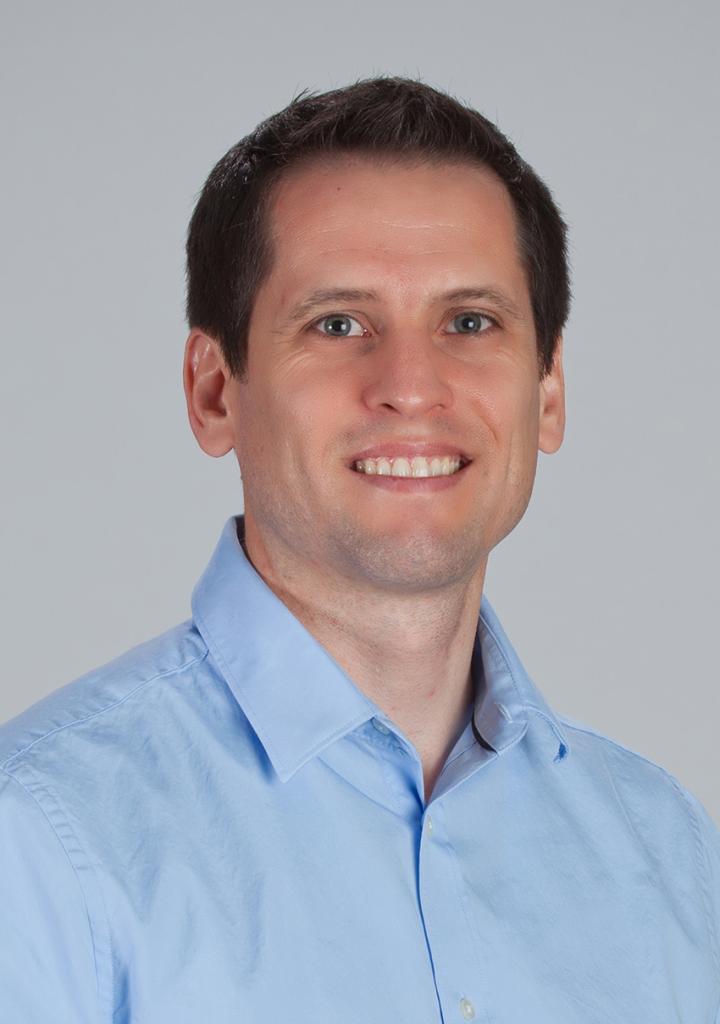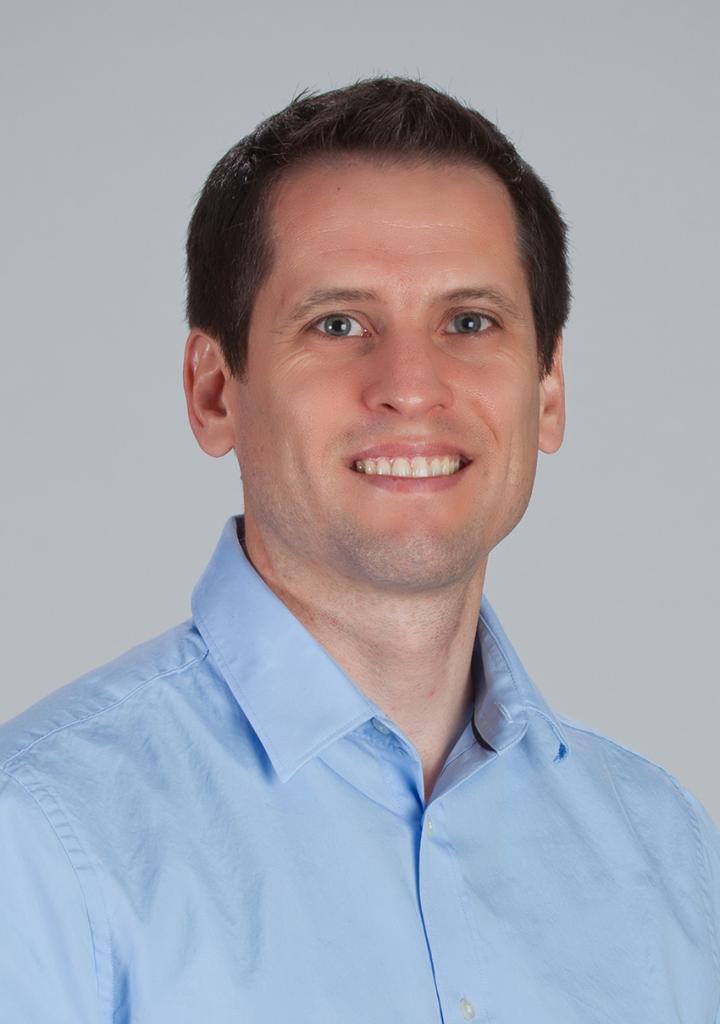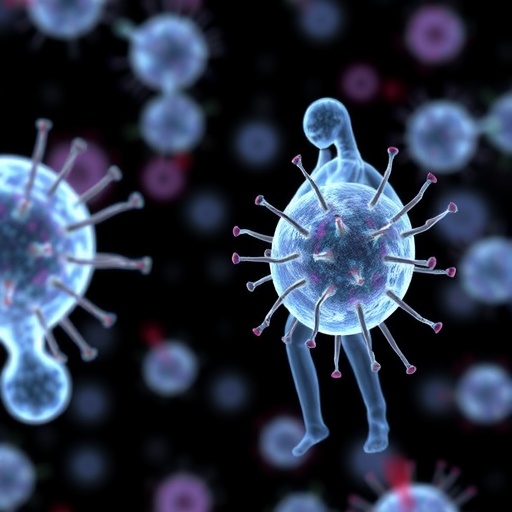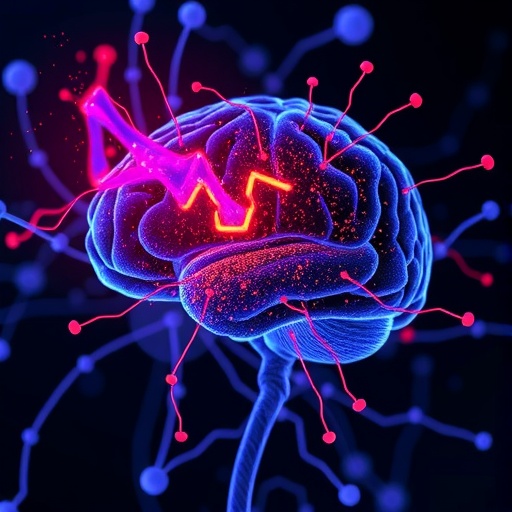
Credit: The Scripps Research Institute
JUPITER, FL – Jan. 5, 2017 – Biologists on the Florida campus of The Scripps Research Institute (TSRI) have discovered a new mechanism that likely underlies how we feel force or touch. Their study suggests that "rafts" of fatty lipids on the cell surface act as compartments to keep certain enzymes from mixing with their binding partners. Disrupt these rafts through touch — also called mechanosensation — and the enzymes will mix with their partners and react, triggering a signal that communicates the touch to responsive proteins in the cell.
"This is really different from how anybody thinks about mechanosensation," said TSRI biologist Scott Hansen, who supervised the study, published recently in the journal Nature Communications.
Hansen compared lipid rafts to compartments in a glow stick. Crack the barrier between the two sides of a glow stick and the components mix and start a chemical reaction to produce light. On the cell membrane, the mixing of enzymes and their partners produces a signaling lipid phosphatidic acid that starts the chain of events to create the sense of touch.
Release the Enzymes!
Hansen and his colleagues conducted this research with support from a National Institutes of Health Director's New Innovator Award, which encourages scientists to pursue high-risk, high-reward translational research. Their mission was to shed light on the complicated cellular mechanisms behind touch with the hope that this work could lead to new ways to address chronic pain and other conditions where the sense of touch goes haywire.
The team focused on lipid rafts, small clumps of lipids and proteins on the cell membrane. Hansen said previous work had explained lipid rafts as "pedestals" of activity, like islands where the cell can carry out important activities. But there was also a question of whether rafts can act like holding pens, keeping enzymes from meeting their binding partners, or substrates, until the right moment.
The researchers answered this question by first observing lipid rafts in real time, using a technique called super-resolution imaging. They found that lipid rafts on live cells did indeed assemble and disassemble frequently, creating opportunities for enzymes to mix with their substrates. Next, the researchers determined that mechanical force, aka touch, can trigger rafts to mix, allowing enzymes to meet their substrates and release a signal.
While more research is needed, the researchers believe this signal may be picked up by other proteins in the membrane that carry on this message to sense touch. Hansen said it's also likely that other enzymes in lipid rafts are mixing with their substrates in a similar way to regulate cellular responses to many stimuli outside touch. "This is just the first step in understanding this process," said Hansen.
The researchers credited the NIH Director's award program and the resources at TSRI for making this surprising finding possible. "This research probably wouldn't have been funded through normal mechanisms–it's outside the box," said Hansen. "But TSRI is the type of place where these things are done."
###
In addition to Hansen, authors of the study, "Kinetic disruption of lipid rafts is a mechanosensor for phospholipase D," were first author E. Nicholas Petersen, Hae-Won Chung and Arman Nayebosadri of TSRI.
This work was supported by a Director's New Innovator Award (grant 1DP2NS087943-01) from the National Institutes of Health and a graduate fellowship from the Joseph B. Scheller & Rita P. Scheller Charitable Foundation.
About The Scripps Research Institute
The Scripps Research Institute (TSRI) is one of the world's largest independent, not-for-profit organizations focusing on research in the biomedical sciences. TSRI is internationally recognized for its contributions to science and health, including its role in laying the foundation for new treatments for cancer, rheumatoid arthritis, hemophilia, and other diseases. An institution that evolved from the Scripps Metabolic Clinic founded by philanthropist Ellen Browning Scripps in 1924, the institute now employs more than 2,500 people on its campuses in La Jolla, CA, and Jupiter, FL, where its renowned scientists — including two Nobel laureates and 20 members of the National Academies of Sciences, Engineering or Medicine — work toward their next discoveries. The institute's graduate program, which awards PhD degrees in biology and chemistry, ranks among the top ten of its kind in the nation. For more information, see http://www.scripps.edu.
Media Contact
Madeline McCurry-Schmidt
[email protected]
858-784-9254
@scrippsresearch
http://www.scripps.edu
############
Story Source: Materials provided by Scienmag





